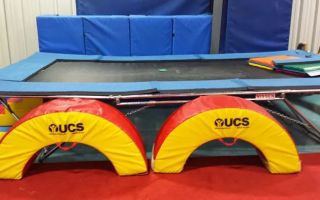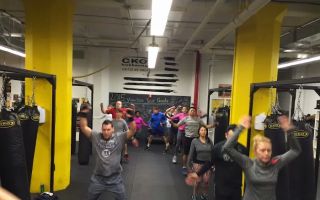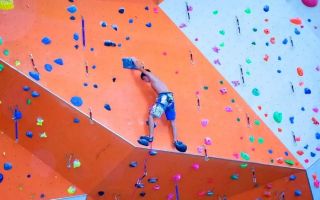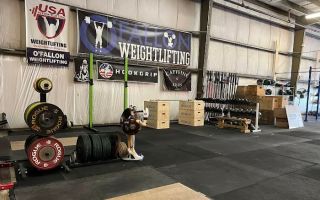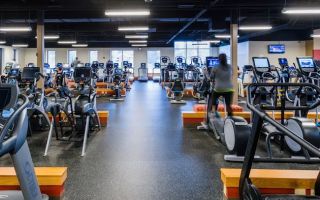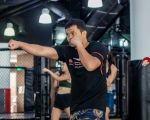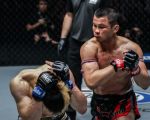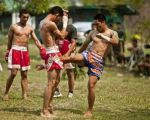Muay Thai Injury Prevention and Recovery: Essential Tips for Fighters
- Understanding Common Muay Thai Injuries
- Prevention Tips for Muay Thai Fighters
- Effective Recovery Strategies
- Case Study: How Recovery Transformed My Training
Understanding Common Muay Thai Injuries
Muay Thai is a physically demanding sport that puts immense stress on the body, especially for those training or competing regularly. Injuries are unfortunately part of the process, but understanding the most common ones can help you take preventative measures and recover quickly.
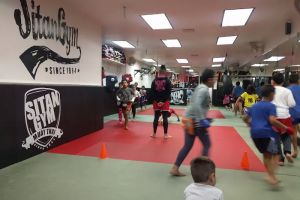
Sitan Gym Muay Thai
25-34 Steinway St, Astoria, NY 11103, USA
1. Sprains and Strains
One of the most common injuries in Muay Thai involves sprains and strains, typically affecting the ankles, knees, and shoulders. These injuries happen when muscles or ligaments are stretched or torn due to sudden movements or improper techniques. They can cause pain, swelling, and bruising, requiring time for the muscles to heal.

Sityodtong Muay Thai Academy
100 Broadway, Somerville, MA 02145, USA
2. Knee Injuries
Muay Thai involves a lot of kicking, clinching, and explosive movement, which can put pressure on the knees. Over time, repetitive motions may lead to issues like tendinitis, ligament strains, or even tears. It's essential to strengthen the muscles around the knee and maintain flexibility to avoid these injuries.
3. Cuts and Bruises
Although not as serious as sprains or tears, cuts and bruises are common during Muay Thai training, especially when sparring. Fighters may get gashes on their faces, arms, or legs from elbows or kicks. While minor cuts can be easily treated, it's important to always keep your skin clean to prevent infections.
Prevention Tips for Muay Thai Fighters
While some injuries are unavoidable, there are various strategies you can employ to reduce your risk and stay safe during training or competition. Preventing injuries is not only about physical strength but also about strategy, technique, and discipline.
1. Warm-Up and Cool-Down
A proper warm-up is crucial to prepare your muscles for the intense physical activity involved in Muay Thai. Start with light aerobic exercises like jogging or skipping to increase your heart rate, followed by dynamic stretching to improve flexibility. A cool-down, including static stretching, is equally important to help your muscles recover after training and reduce stiffness.
2. Focus on Technique
One of the best ways to prevent injury is to focus on proper technique. Poor form can lead to muscle imbalances and increase the likelihood of injury. Work with your trainer to ensure that you’re executing each movement—whether it’s a kick, punch, or elbow strike—correctly. Practicing with intention will help build muscle memory and prevent unnecessary strain on your body.
3. Strengthen Core and Legs
In Muay Thai, much of your power comes from your core and legs. Strengthening these areas will improve your balance, flexibility, and overall performance while helping to protect your joints and muscles from injuries. Focus on exercises that target your core (such as planks and leg raises) and legs (like squats and lunges) to build endurance and power.
Effective Recovery Strategies
Recovery is just as important as training, as it allows your body to heal and rebuild stronger. Proper recovery techniques not only help you bounce back after injuries but also improve your performance and extend your career as a fighter.
1. Ice and Heat Therapy
After intense training, using ice on injured or sore areas can help reduce inflammation and pain. Applying ice for 20 minutes at a time several times a day can speed up recovery. On the other hand, heat therapy is ideal for soothing stiff muscles and improving blood flow, especially after the initial swelling has subsided.
2. Rest and Sleep
Your body needs adequate rest to repair itself. Getting enough sleep is crucial for muscle recovery, as it allows your body to produce the necessary hormones to heal tissues and reduce inflammation. Don’t underestimate the power of sleep in your recovery process—it’s just as important as the workouts themselves.
3. Active Recovery and Stretching
While complete rest is important, active recovery through low-impact activities like walking, swimming, or light cycling can keep your body moving and improve circulation. Regular stretching also helps prevent muscles from tightening and reduces the risk of future injuries.
Case Study: How Recovery Transformed My Training
During my early days of Muay Thai training, I pushed myself to the limit, often ignoring the importance of recovery. After suffering a knee injury that sidelined me for weeks, I learned the hard way how essential injury prevention and recovery are. By incorporating proper rest, strengthening exercises, and active recovery into my routine, I was able to return to training stronger and more prepared than before.
Implementing these strategies not only reduced my risk of future injuries but also improved my performance in the ring. Recovery became just as much a part of my training as the sparring sessions themselves. Remember, a healthy fighter is a successful fighter!
If you’re serious about Muay Thai and want to maximize your performance while minimizing injury risk, explore more expert tips and products designed for injury prevention and recovery at Humble Challenger.




